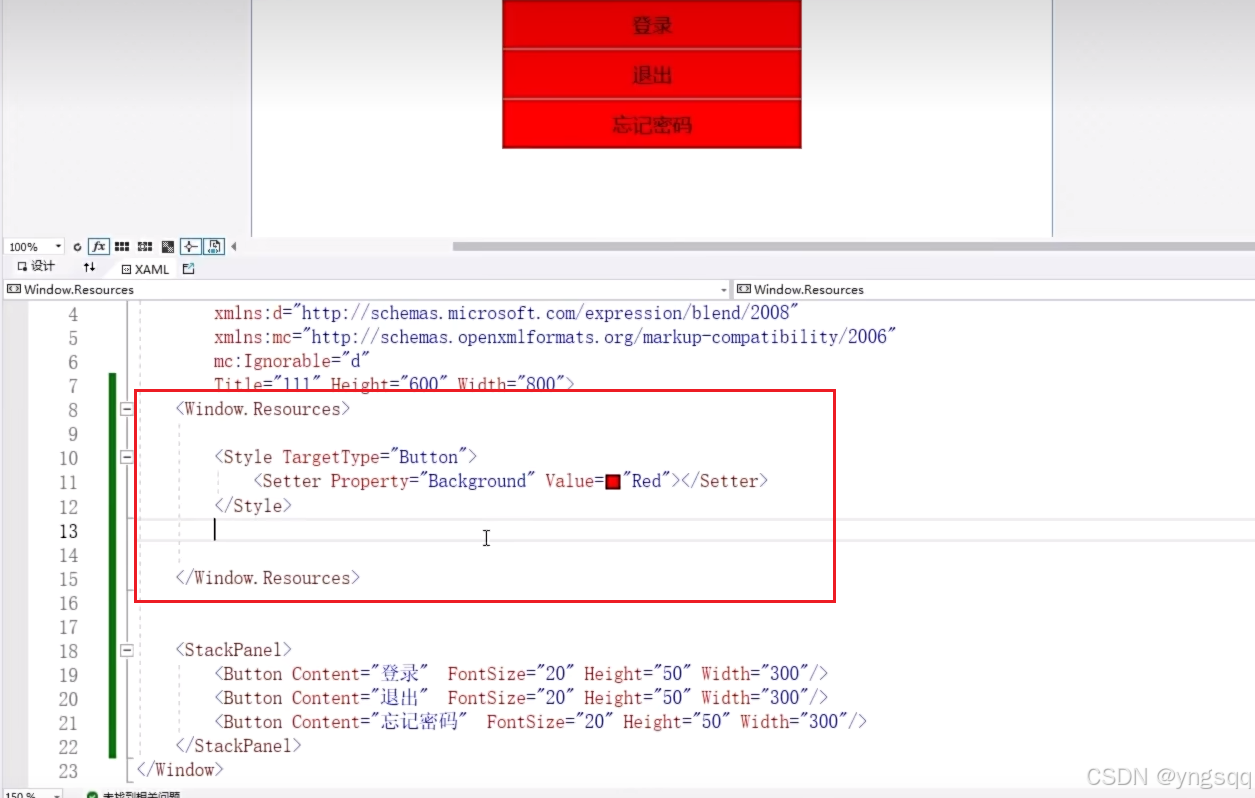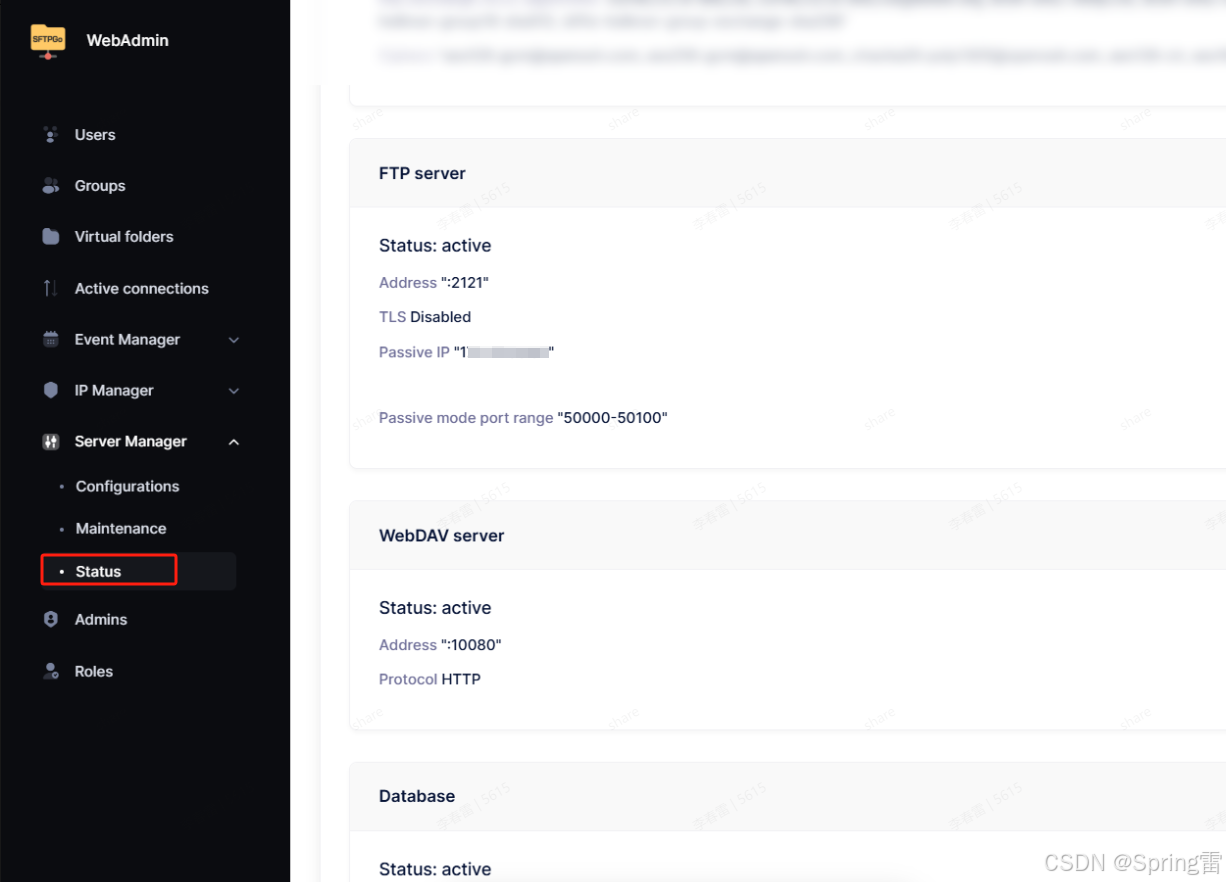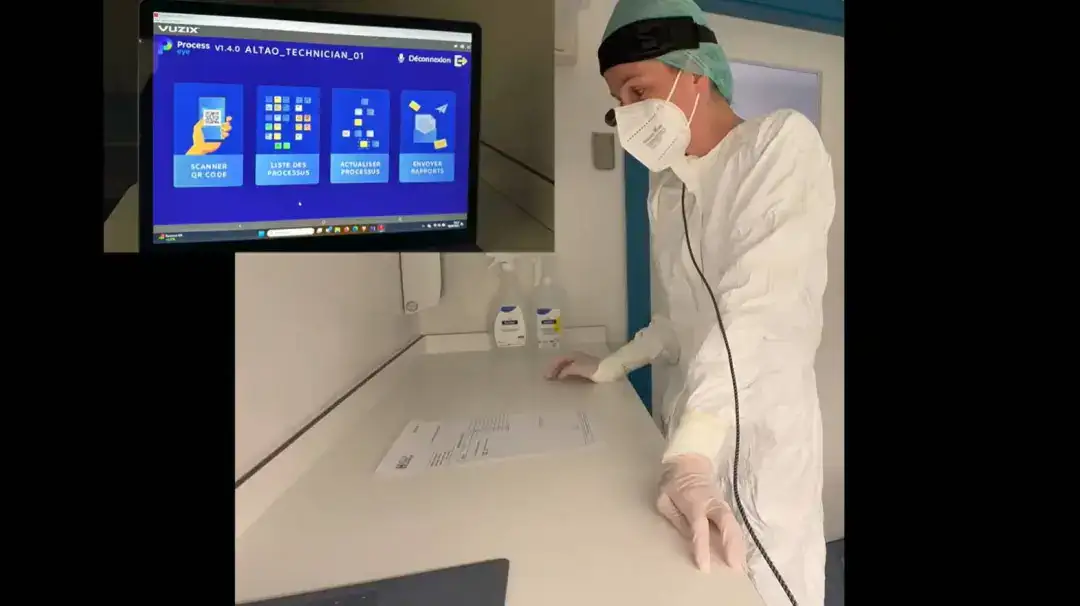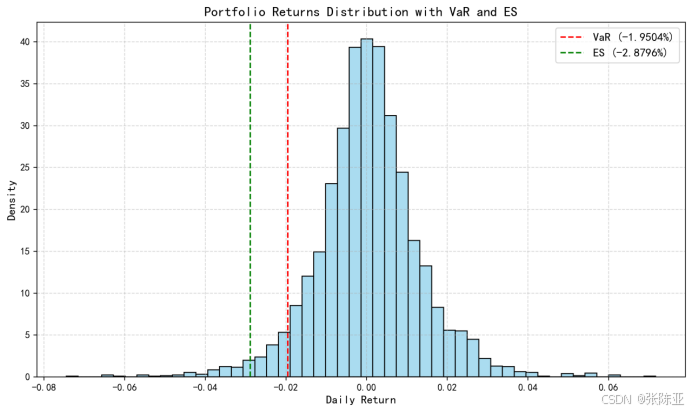Advanced Macro Techniques in C/C++: `#`, `##`, and Variadic Macros
Advanced Macro Techniques in C/C++: #, ##, and Variadic Macros
文章目录
- Advanced Macro Techniques in C/C++: `#`, `##`, and Variadic Macros
- Illustrative Examples of Macros Using `#` and `##`
- Stringification Example
- Token Concatenation Example
- Nested Macros Example
- Key Concepts of Nested Macros
- Macro Expansion Rules
- Operators in Macro Definitions
- Challenges with `#` and `##`
- Detailed Example
- Example of Nested Macro Expansion
- Direct Expansion Example
- Why Use Nested Macros?
- Variable Argument Macros (Variadic Macros)
- Explanation
- Summary
| Date | Author | Version | Note |
|---|---|---|---|
| 2024-12-02 | Tao | V1.0 | Finish the document. |
Macros are an integral component of the C/C++ preprocessor, enabling the definition of reusable code fragments that enhance flexibility and abstraction. The # and ## operators are powerful tools used within macros for stringification and token concatenation, respectively. A deep understanding of these operators, particularly in nested contexts, allows for more sophisticated and reliable macro behavior.
The use of nested macros is a common technique in C and C++ to perform operations like token stringification or concatenation effectively through preprocessor directives. Mastering the behavior of macros when utilizing # (stringification) or ## (token concatenation) operators ensures that arguments are appropriately expanded, even when these arguments themselves involve other macro definitions.
Illustrative Examples of Macros Using # and ##
Stringification Example
#define Stringify(A) #A
printf("%s\n", Stringify(Hello)); // Output: "Hello"
Here, the # operator is used to convert the argument Hello into a string literal.
Token Concatenation Example
#define Concat(A, B) A##B
int HelloWorld = 5;
printf("%d\n", Concat(Hello, World)); // Output: 5
The ## operator concatenates Hello and World into a single token, HelloWorld.
Nested Macros Example
#define Outer(A) Inner(A)
#define Inner(A) #A
printf("%s\n", Outer(Hello)); // Output: "Hello"
By using nested macros, the argument is fully expanded before the stringification operation is applied.
Key Concepts of Nested Macros
Macro Expansion Rules
- Macros in C are expanded in a single pass unless explicitly nested within other macros.
- If a macro’s argument includes another macro, the preprocessor does not expand the inner macro unless explicitly instructed through an additional macro layer.
Operators in Macro Definitions
#: Converts a macro argument into a string literal.##: Concatenates two tokens into one.
Challenges with # and ##
When using # or ## within a macro, the preprocessor suppresses the evaluation of macro arguments before applying the operator. This suppression ensures that # or ## acts on the exact tokens provided, requiring an additional layer of macro indirection to achieve the desired behavior.
Detailed Example
Consider the following macro definitions:
#define Stringify(A) _Stringify(A) // Outer macro
#define _Stringify(A) #A // Inner macro that performs stringification#define Concat(A, B) _Concat(A, B) // Outer macro
#define _Concat(A, B) A##B // Inner macro that performs concatenation
-
Stringify Macro:
Stringify(A)passes its argumentAto_Stringify(A)._Stringify(A)then applies the#operator to convertAinto a string literal.
-
Concat Macro:
Concat(A, B)passes its argumentsAandBto_Concat(A, B)._Concat(A, B)uses the##operator to concatenateAandB.
Example of Nested Macro Expansion
Consider the following code:
printf("%s\n", Stringify(Concat(Hel, lo)));
-
Step 1: Expand
Stringify(Concat(Hel, lo)):Stringify(A)becomes_Stringify(A), whereAisConcat(Hel, lo).- Result:
_Stringify(Concat(Hel, lo)).
-
Step 2: Expand
_Stringify(Concat(Hel, lo)):- Before applying the
#operator, the macro argumentConcat(Hel, lo)is expanded because it is passed through another macro layer. Concat(Hel, lo)expands to_Concat(Hel, lo)and subsequently toHello(using the##operator).- Result:
_Stringify(Hello).
- Before applying the
-
Step 3: Apply
_Stringify(Hello):- The
#operator convertsHellointo a string literal. - Result:
"Hello".
- The
Output:
Hello
Direct Expansion Example
Consider the following code:
printf("%s\n", _Stringify(Concat(Hel, lo)));
- Step 1: Expand
_Stringify(Concat(Hel, lo)):_Stringify(A)directly applies the#operator to the argumentConcat(Hel, lo)without expanding it.- Result:
"Concat(Hel, lo)".
Output:
Concat(Hel, lo)
Why Use Nested Macros?
Nested macros ensure proper argument expansion before applying the # or ## operators. Without this nesting:
- The
#operator would stringify the literal macro argument without expanding it. - The
##operator would concatenate the original tokens rather than their expanded forms.
Variable Argument Macros (Variadic Macros)
Variadic macros allow for defining macros that accept a variable number of arguments. This feature is particularly advantageous for flexible logging or debugging macros.
Consider the following example:
#define Log(format, ...) printf(format, ##__VA_ARGS__)
Explanation
Log(format, ...)defines a macro that accepts a format string and a variable number of additional arguments.__VA_ARGS__is a special placeholder for the variable arguments.##__VA_ARGS__is used to handle the case where no additional arguments are provided, preventing a trailing comma error.
Usage Example:
Log("Error: %s, Code: %d\n", "File not found", 404); // Output: Error: File not found, Code: 404
Log("Simple message\n"); // Output: Simple message
Summary
- Utilize nested macros when dealing with macro arguments involving other macros and the
#or##operators. - The outer macro ensures arguments are fully expanded before being processed by the inner macro.
- Variadic macros (
...and__VA_ARGS__) provide the ability to create macros that accommodate a variable number of arguments, enhancing code flexibility and readability.
These examples illustrate the critical importance of proper macro usage:
- With Nested Macros:
Stringify(Concat(Hel, lo))correctly expands to"Hello". - Without Nested Macros:
_Stringify(Concat(Hel, lo))results in"Concat(Hel, lo)"due to the lack of proper expansion. - Variadic Macros: Provide a powerful mechanism for managing functions like logging without manual adjustments for the number of arguments.
相关文章:

Advanced Macro Techniques in C/C++: `#`, `##`, and Variadic Macros
Advanced Macro Techniques in C/C: #, ##, and Variadic Macros 文章目录 Advanced Macro Techniques in C/C: #, ##, and Variadic MacrosIllustrative Examples of Macros Using # and ##Stringification ExampleToken Concatenation ExampleNested Macros Example Key Conc…...

Maven、JAVAWeb、Servlet
知识点目标 1、MavenMaven是什么Maven项目的目录结构Maven的Pom文件Maven的命令Maven依赖管理Maven仓库JavaWeb项目 2.网络基础知识 3、ServletMaven Maven是什么 Maven是Java的项目管理工具,可以构建,打包,部署项目,还可以管理…...

分布式资源调度——yarn 概述(资源调度基本架构和高可用的实现)
此文章是学习笔记,图片均来源于B站:哈喽鹏程 yarn详细介绍 1、yarn 简介1.1 yarn的简介1.2 yarn 的基本架构1.3. yarn 的高可用 2、yarn 调度策略、运维、监控2.1 yarn 的调度策略2.1.1 FIFO scheduler(先进先出)2.1.2 容量调度2.1.3 公平调度 2.2 yarn…...

网页开发的http基础知识
请求方式-GET:请求参数在请求行中,没有请求体,如:/brand/findAll?nameoPPo&status1。GET请求大小在浏览器中是有限制的请求方式-POST:请求参数在请求体中,POST请求大小是没有限制的 HTTP请求…...

学习方法的进一步迭代————4
今天又在怀疑第二大脑的可靠程度 为什么呢? 还是因为自己没记住东西,感觉没学到东西。 其实自己知道大脑本就不应该用来存放知识而是用来思考知识,但是自己还是陷在里面了,我觉得其本质不是因为认知还不够,也不是因为还有点不适…...

数据科学家创建识别假图像的工具
Pixelator v2 是一款用于识别假图像的工具。它采用了全新的图像真实性技术组合,其能力超出了人眼所能看到的范围。 它能够以比传统方法更高的准确度识别图像中的细微差异,并且已被证明能够检测到小至 1 个像素的交替。 使用 SSIM 和 Pixelator v2 突出显…...

使用 GORM 与 MySQL 数据库进行交互来实现增删改查(CRUD)操作
1、安装 GORM 和 MySQL 驱动 新版本库是gorm.io/gorm go get -u gorm.io/gormgo get -u gorm.io/driver/mysql2、连接 MySQL 数据库 package mainimport ("gorm.io/driver/mysql""gorm.io/gorm""log" )func main() {// 数据源名称 (DSN) 格式&a…...

Day2 生信新手笔记: Linux基础
一、基础知识 1.1 服务器 super computer 或 server 1.2 组学数据分析 组学数据:如基因组学、转录组学、蛋白质组学等; 上游分析:主要涉及原始数据的获取和初步处理,计算量大,消耗的资源较多,在服务器完…...

001集—— 创建一个WPF项目 ——WPF应用程序入门 C#
本例为一个WPF应用(.NET FrameWork)。 首先创建一个项目 双击xaml文件 双击xaml文件进入如下界面,开始编写代码。 效果如下: 付代码: <Window x:Class"WpfDemoFW.MainWindow"xmlns"http://schema…...

【C++】1___引用
一、基本语法 数据类型 &别名 原名 #include<iostream> using namespace std; int main(){int a 10;int &b a;cout<<"a"<<a<<endl; // a10cout<<"b"<<b<<endl;// a10b 20;cout<<"a…...

如何通过 JWT 来解决登录认证问题
1. 问题引入 在登录功能的实现中 传统思路: 登录页面时把用户名和密码提交给服务器服务器验证用户名和密码,并把检验结果返回给后端如果密码正确,则在服务器端创建 session,通过 cookie 把 session id 返回给浏览器 但是正常情…...

高效集成:将聚水潭数据导入MySQL的实战案例
聚水潭数据集成到MySQL:店铺信息查询案例分享 在数据驱动的业务环境中,如何高效、准确地实现跨平台的数据集成是每个企业面临的重要挑战。本文将聚焦于一个具体的系统对接集成案例——将聚水潭的店铺信息查询结果集成到MySQL数据库中,以供BI…...

Jenkins-基于 JNLP协议的 Java Web 启动代理
在上一篇的基础配置上进行以下步骤 工作流程: 通过 JNLP 启动代理,客户端从 Jenkins 服务器上下载一个 agent.jar 文件。该文件启动时,代理程序通过 JNLP 协议连接到 Jenkins 主节点。一旦连接成功,代理节点就可以执行从主节点分…...

Qt数据库操作-QSqlQueryModel 的使用
QSqlQueryModel 功能概述 QSqlQueryModel 是 QSqlTableModel 的父类。QSqlQueryModel 封装了执行 SELECT 语句从数据库查询数据的功能,但是 QSqlQueryModel 只能作为只读数据源使用,不可以编辑数据。QSqlQueryModel 类的主要函数如下: 接口…...

C语言编程1.21波兰国旗问题
题目描述 桌上有 n ( 1 < n < 10000 ) 面小旗,一部分是白旗,一部分是红旗(波兰国旗由白色和红色组成)。唯一允许的操作是交换两面小旗位置。请你设计一个算法,用最少的交换操作将所有的白旗都置于红旗的之前。 输入格式 第一行为一个…...

如何利用微型5G网关为智慧无人矿车提供精确定位
随着5G、AI、物联网技术的发展和普及,越来越多行业正在加快生产、运营、管理的无人化、数字化与智能化,以适应当前我国“智慧、绿色、低碳”的新型发展模式需要。其中矿产业就是典型场景之一。针对矿山场景的智慧化、无人化转型,佰马提供基于…...

使用docker-compese部署SFTPGo详解
官网:SFTP & FTP as a Managed Service (SaaS) and On-premise 一、SFTPGo简介 SFTPGo 是一款功能强大的文件传输服务器软件。它支持多种协议(SFTP、SCP、FTP/S、WebDAV、HTTP/S)和多个存储后端。 借助 SFTPGo,您可以利用本地…...

Ajax基础总结(思维导图+二维表)
一些话 刚开始学习Ajax的时候,感觉很模糊,但是好像学什么都是这样的,很正常,但是当你学习的时候要持续性敲代码,边敲代码其实就可以理解很多了。然后在最后的总结,其实做二维表之后,就可以区分…...

Spring Task和WebSocket使用
在现代 Web 应用中,WebSocket 作为一种全双工通信协议,为实时数据传输提供了强大的支持。若要确保 WebSocket 在生产环境中的稳定性和性能,使用 Nginx 作为反向代理服务器是一个明智的选择。本篇文章将带你了解如何在 Nginx 中配置 WebSocket…...

微信小程序 本地调试和vconsole可以 但在体验上页面不请求数据
微信小程序页面不请求数据 本地调试和vconsole可以 但在体验版页面不请求数据,如遇到这类问题基本都是一样的解决办法 1、如何调试找到问题 首先要把小程序本地设置的不校验合法域名关掉,不然本地一直都是好的 然后通过本地真机调试打断点找到问题位…...

Android Wi-Fi 连接失败日志分析
1. Android wifi 关键日志总结 (1) Wi-Fi 断开 (CTRL-EVENT-DISCONNECTED reason3) 日志相关部分: 06-05 10:48:40.987 943 943 I wpa_supplicant: wlan0: CTRL-EVENT-DISCONNECTED bssid44:9b:c1:57:a8:90 reason3 locally_generated1解析: CTR…...

C++:std::is_convertible
C++标志库中提供is_convertible,可以测试一种类型是否可以转换为另一只类型: template <class From, class To> struct is_convertible; 使用举例: #include <iostream> #include <string>using namespace std;struct A { }; struct B : A { };int main…...

FFmpeg 低延迟同屏方案
引言 在实时互动需求激增的当下,无论是在线教育中的师生同屏演示、远程办公的屏幕共享协作,还是游戏直播的画面实时传输,低延迟同屏已成为保障用户体验的核心指标。FFmpeg 作为一款功能强大的多媒体框架,凭借其灵活的编解码、数据…...

Objective-C常用命名规范总结
【OC】常用命名规范总结 文章目录 【OC】常用命名规范总结1.类名(Class Name)2.协议名(Protocol Name)3.方法名(Method Name)4.属性名(Property Name)5.局部变量/实例变量(Local / Instance Variables&…...

反射获取方法和属性
Java反射获取方法 在Java中,反射(Reflection)是一种强大的机制,允许程序在运行时访问和操作类的内部属性和方法。通过反射,可以动态地创建对象、调用方法、改变属性值,这在很多Java框架中如Spring和Hiberna…...

linux 下常用变更-8
1、删除普通用户 查询用户初始UID和GIDls -l /home/ ###家目录中查看UID cat /etc/group ###此文件查看GID删除用户1.编辑文件 /etc/passwd 找到对应的行,YW343:x:0:0::/home/YW343:/bin/bash 2.将标红的位置修改为用户对应初始UID和GID: YW3…...

LeetCode - 199. 二叉树的右视图
题目 199. 二叉树的右视图 - 力扣(LeetCode) 思路 右视图是指从树的右侧看,对于每一层,只能看到该层最右边的节点。实现思路是: 使用深度优先搜索(DFS)按照"根-右-左"的顺序遍历树记录每个节点的深度对于…...

嵌入式学习笔记DAY33(网络编程——TCP)
一、网络架构 C/S (client/server 客户端/服务器):由客户端和服务器端两个部分组成。客户端通常是用户使用的应用程序,负责提供用户界面和交互逻辑 ,接收用户输入,向服务器发送请求,并展示服务…...

安宝特案例丨Vuzix AR智能眼镜集成专业软件,助力卢森堡医院药房转型,赢得辉瑞创新奖
在Vuzix M400 AR智能眼镜的助力下,卢森堡罗伯特舒曼医院(the Robert Schuman Hospitals, HRS)凭借在无菌制剂生产流程中引入增强现实技术(AR)创新项目,荣获了2024年6月7日由卢森堡医院药剂师协会࿰…...

Python基于历史模拟方法实现投资组合风险管理的VaR与ES模型项目实战
说明:这是一个机器学习实战项目(附带数据代码文档),如需数据代码文档可以直接到文章最后关注获取。 1.项目背景 在金融市场日益复杂和波动加剧的背景下,风险管理成为金融机构和个人投资者关注的核心议题之一。VaR&…...
